Echinodorus amazonicus or Amazon Sword is a very popular aquatic plant among the freshwater hobbyists due to its hardiness and gorgeous green coloration. It is native to Brazil and in nature it occurs in lakes, river, swamps and wet ground of the Amazon basin where it is found growing submersed in 50 to 100 cm deep stagnant to slow-flowing water. At present it is now widely cultivated on farms around the world. It is the ideal background plant for any planted tank. It can grow partially submersed condition and makes it a good addition to terrariums or ripariums as well as the traditional planted tank. It is easy to grow and it produces lush green foliage that looks quite attractive in the aquarium.
The Amazon Sword plant is very popular among the aquarium hobbyists due to its impressive size, majestic beauty, and its minimal care requirements. It is an amphibious plant that grows either partially or fully submersed conditions. It can grow to a maximum of 35 to 50 cm (14 – 20 inches) in height under proper aquarium conditions. It has short rhizome, numerous very long and sword shaped leaves with about 2-3 cm wide which make up the main part of the plant. The leaves are pale to dark green in color with sharply pointed tips and fairly short stem. The leaf has five veins that extend from the base to the tip of each leaf. When it is cultivated singly in large aquarium then it makes a great focal point. When it is used in groups, they create an interesting background among other aquarium plants. It produces flowers with 3 green sepals and 3 white petals on a long stem that emerge above the water surface. The Amazon sword can easily propagate by adventitious plants or runners that develops as the mother plant with proper care under aquarium condition.
Scientific name: Echinodorus amazonicus
Common name: Amazon Sword, Giant Sword
Origin: South America
Placement: Mid-ground
Propagation: By producing runners
Height: 20-30 cm
Width: individual plant 20-30 +cm
Water pH: 6.5 – 7.5
Water Hardness: 4 – 18 dGH
Temperature: 71.6 – 86°F (22 – 30 °C)
Lighting: Moderate
Growth: Slow
Care level: Moderate
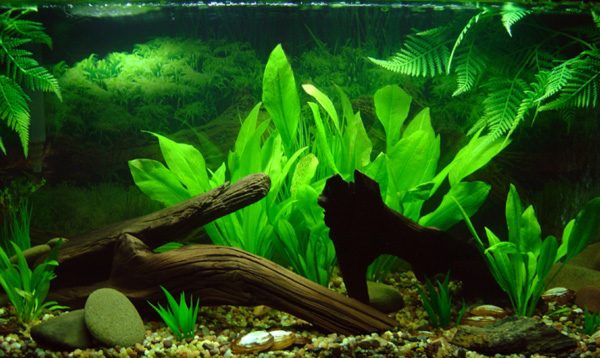
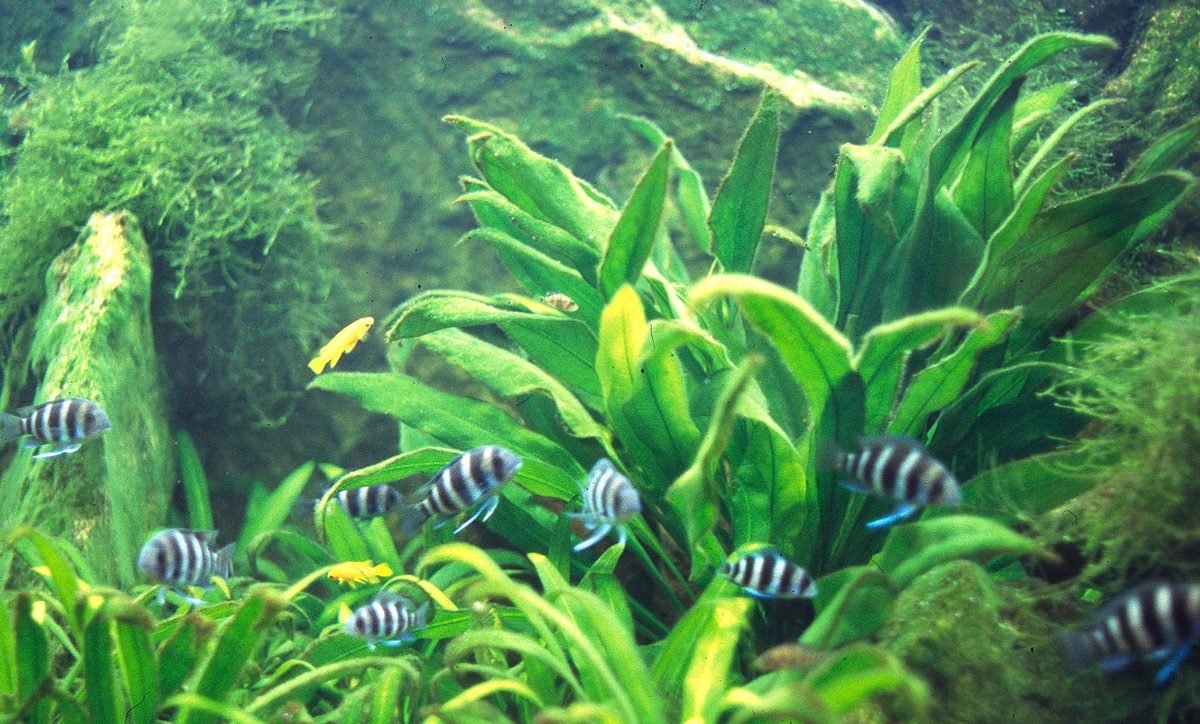
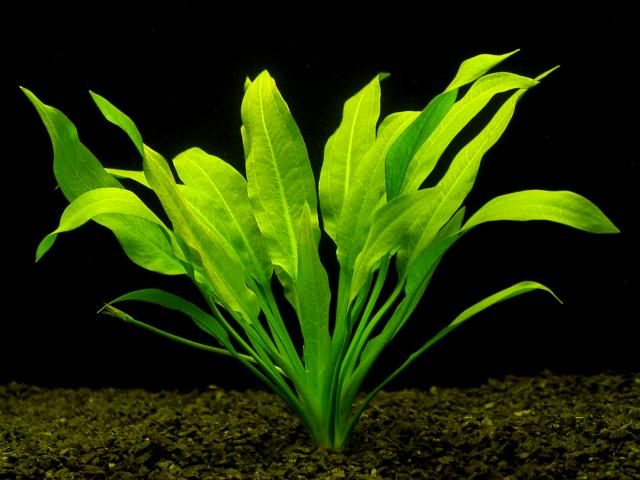
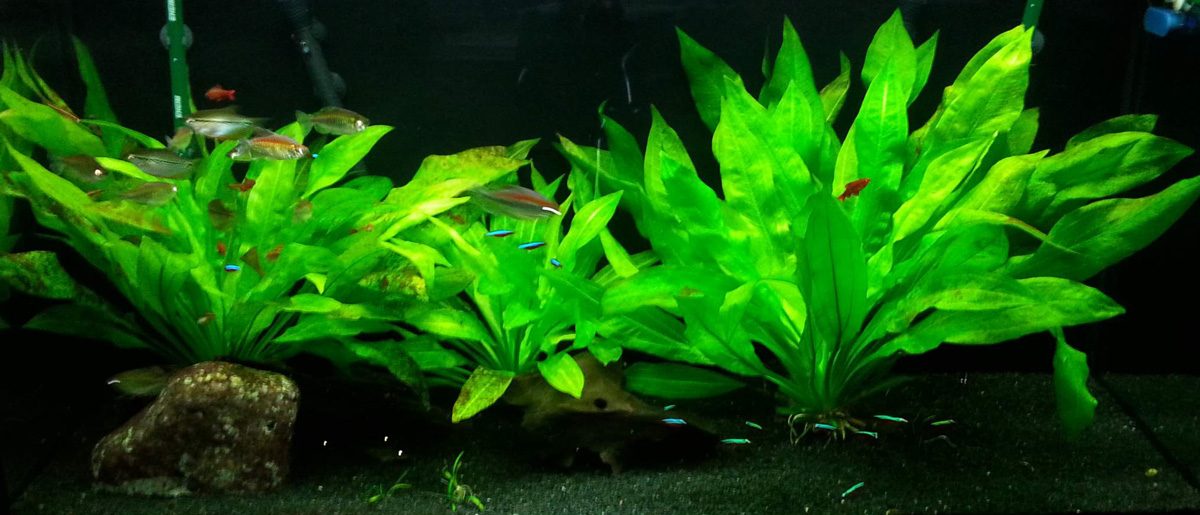
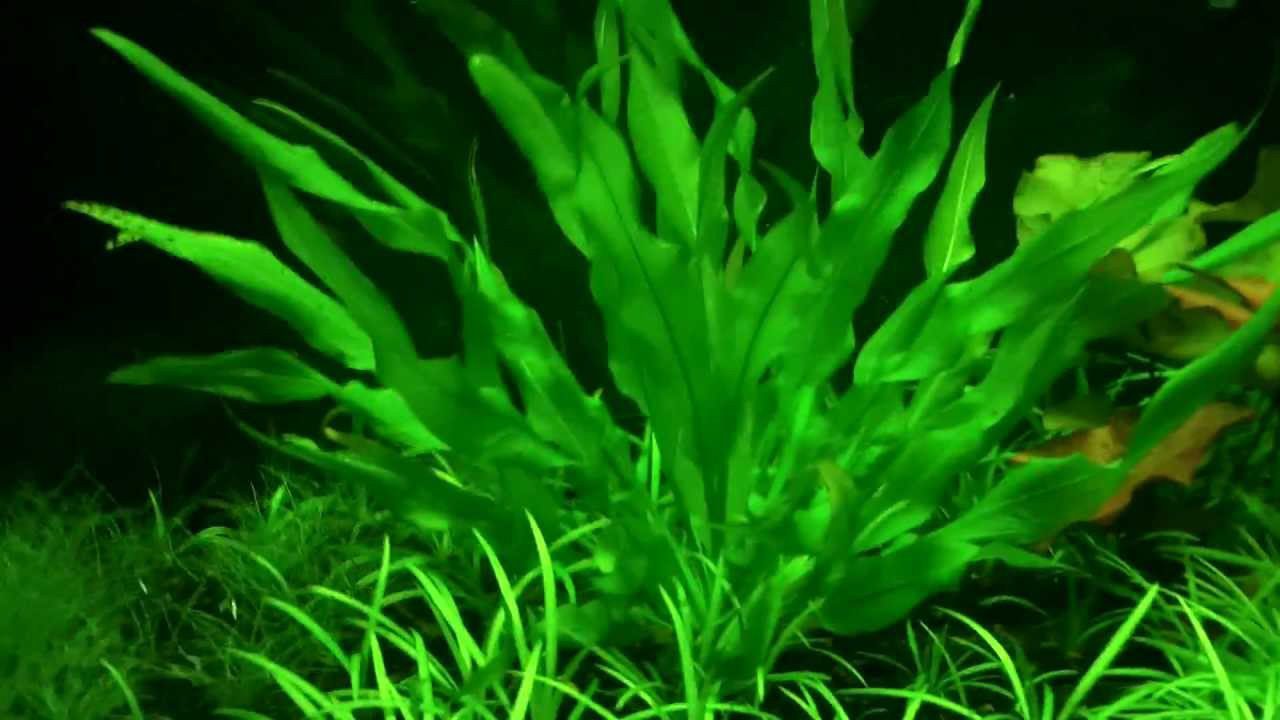
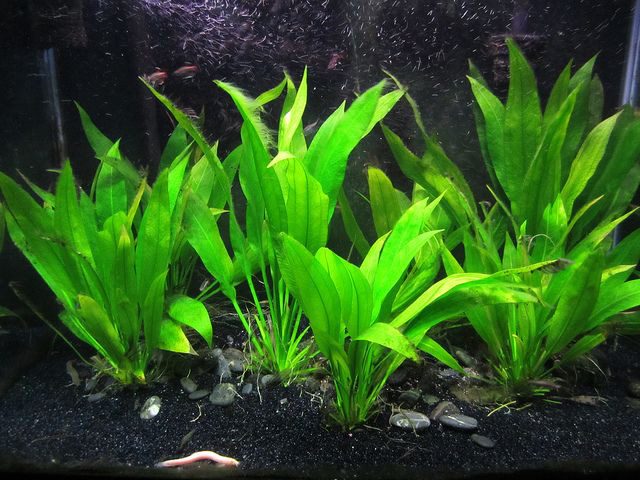
Amazon Sword is a handsome plant in any tank. It looks gorgeous and makes the tank look extremely natural. This plant was first brought onto the market in 1938 under the name Echinodorus brevipedicellatus. Only in 1970, Karel Rataj described it as a new species Echinodorus amazonicus. It belongs to the family Alismataceae under order Alismatales of Angiosperm groups. The genus name ‘Echinodorus’ is derived from Greek ‘Echius meaning rough husk, and ‘doros’ meaning leathern bottle. The species name ‘amazonicus’ is derived from its natural habitat Amazon basin. It has several synonyms such as Echinodorus amphibius Rataj; Echinodorus gracilis Rataj; Echinodorus amazonicus Rataj; Echinodorus bleherae Rataj; Echinodorus bleheri Rataj, Echinodorus parviflorus Rataj; Echinodorus eglandulosus Holm-Niels. & R.R.Haynes; Echinodorus grisebachii var. minor Kasselm etc. At present it is listed on IUCN Red Data Book as threatened species.
Amazon Sword is a very popular plant within the aquarium hobby due to its great appearance and easy availability. It requires fine, iron-rich substrates with bright lighting. A nutrient-rich substrate helps to maintain healthy growth. In this case EcoComplete, fluorite or laterite should be added as your regular substrate. Lighting should be at least 2 -3 watts per gallon of water using full spectrum (5000-7000K) bulbs for about 10 to 12 hours per day. More lighting also causes algae to grow on your Amazon sword leaves. To remove algae from your tank the Siamese algae eating sharks and the algae-eating shrimps should be added in the tank. In this case dwarf sucker catfish (Otocinclus) can help a great deal also. Never add a Plecostomus, silver dollars, goldfish,Texas Cichlids, Oscar, Jack Dempsey and big cichlids because they eat the leaves or damage the root system of the plant. Regular doses of an iron rich fertilizer should be added weekly after a water change. During water changes check the damaged and torn leaves. Because this plant cannot repair damaged leaves and it should be removed to allow the plant to redirect energy to the healthy leaves. The aquarium water temperature should be ranged from 71.6 – 86°F (22 – 30 °C), with a hardness of 4 -18 dGH and a pH of 6.5-7.5. 10% of your aquarium water should be changed per week. To keep your tank environment healthy, regular water changes not only prevent the undesirable accumulation of excess nutrients, but also remove excess nitrates and waste products of the fish and plants.
Amazon Sword Plant is a common and popular freshwater aquarium plant among the pet fish lovers. It is commonly found in aquatic retailers and pet shops that sell fish. It can also be bought over the internet from home. If you want to buy this plant online from home, look below to find where to buy them.
The Amazon sword can easily propagate by adventitious plants that develops as the mother plant with proper care under aquarium condition. When the new plant is big enough, simply untie it from the mother plant. After separating the daughter plant, it needs to be buried into the substrate. A deep substrate is required for this plant, since the roots grow out long. In this case three to four inches of substrate is ideal. During planting always make sure that they are not completely submerged into the substrate. Amazon sword plant can also do sexual reproduction by producing flowers and seeds.
In the market for some Amazon sword plant? well we now sell Amazon sword right here on Aquatic Magazine. Check down below today!
Aquarium Plants
by Aquatic Mag Time to read: 5 min